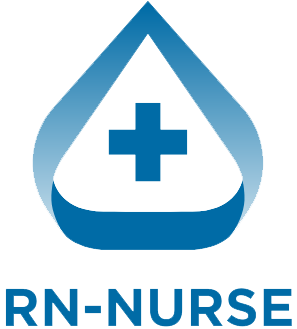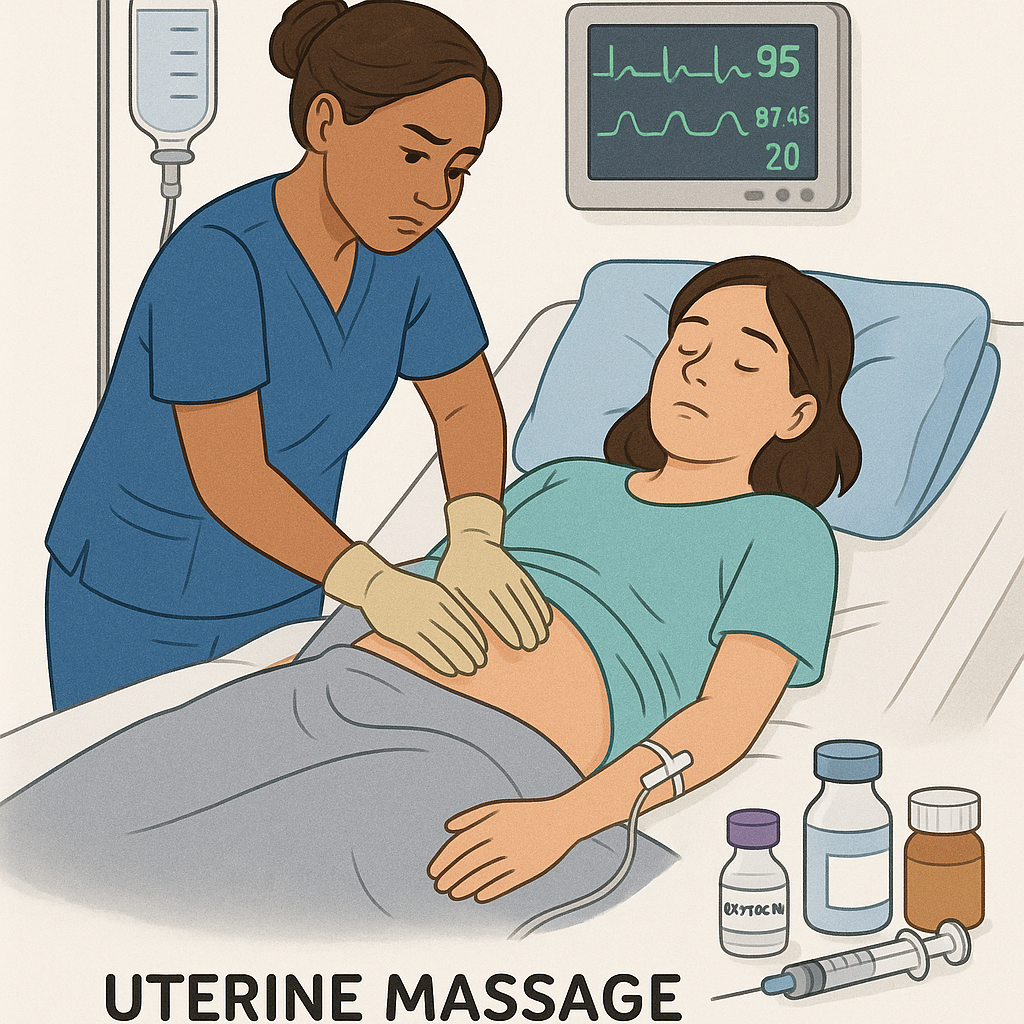Every nurse, RN, and registered nurse must understand how to recognize and manage postpartum hemorrhage. Mastering this skill ensures safe, effective care. Additionally, PPH is a frequent topic on the NCLEX and appears in many nursing bundles.
🩺 What Is Postpartum Hemorrhage?
Postpartum hemorrhage is defined as blood loss greater than 500 mL after a vaginal birth or more than 1000 mL following a cesarean section within the first 24 hours (primary PPH). Meanwhile, secondary PPH occurs between 24 hours and 12 weeks postpartum.
Why it matters for nursing:
- It can lead to hypovolemic shock.
- In severe cases, it becomes life-threatening within minutes.
- Effective management requires a fast, coordinated team response.
⚠️ Causes of PPH
For RN nurses preparing for the NCLEX, remember the 4 T’s as the major causes:
- Tone – uterine atony is the most common cause
- Tissue – retained placental fragments
- Trauma – lacerations, uterine rupture
- Thrombin – clotting disorders
By understanding these categories, nurses can quickly identify the underlying cause.
🟡 Early Recognition
Nurses should stay alert for warning signs such as:
- Excessive vaginal bleeding (saturating a pad in under 15 minutes)
- Passing large clots
- Boggy, soft uterus
- Tachycardia and hypotension
- Pale or clammy skin
Tip for your nursing bundle: Always assess the uterus first, because a boggy uterus often indicates uterine atony, the most common cause of PPH.
🩹 Nursing Interventions
Registered nurses play a critical role in rapid response. First, call for help immediately. Next, start a uterine massage to stimulate contraction. Then, administer prescribed uterotonic drugs such as oxytocin, misoprostol, or methylergonovine.
Furthermore, establish IV access for fluids and blood products, monitor vital signs closely, and prepare for surgical intervention if bleeding continues. Finally, keep accurate documentation of estimated blood loss.
NCLEX reminder: Fundal massage is the priority nursing action when uterine atony is suspected.
👩⚕️ Patient and Family Education
PPH can be frightening for both patients and families. Therefore, nurses should:
- Provide calm, clear explanations of what is happening
- Reassure that the team is acting quickly
- Give instructions on postpartum warning signs after discharge, including heavy bleeding, large clots, dizziness, or fainting
Educating families improves safety and reduces anxiety.
📝 NCLEX Tips
- Remember the 4 T’s of PPH causes
- Boggy uterus = massage first
- Prioritize maintaining perfusion and preventing shock
- Use uterotonic medications after fundal massage if needed
- Always reassess uterine tone after each intervention
💡 Cheat Sheet for Nursing Students
- PPH = >500 mL vaginal / >1000 mL C-section
- Think 4 T’s
- Massage the uterus promptly
- Administer uterotonics as prescribed
- Replace blood loss efficiently
- Communicate clearly with the team
This quick guide is perfect for NCLEX review or your nursing bundle reference. By acting swiftly and following these steps, nurses save lives.

